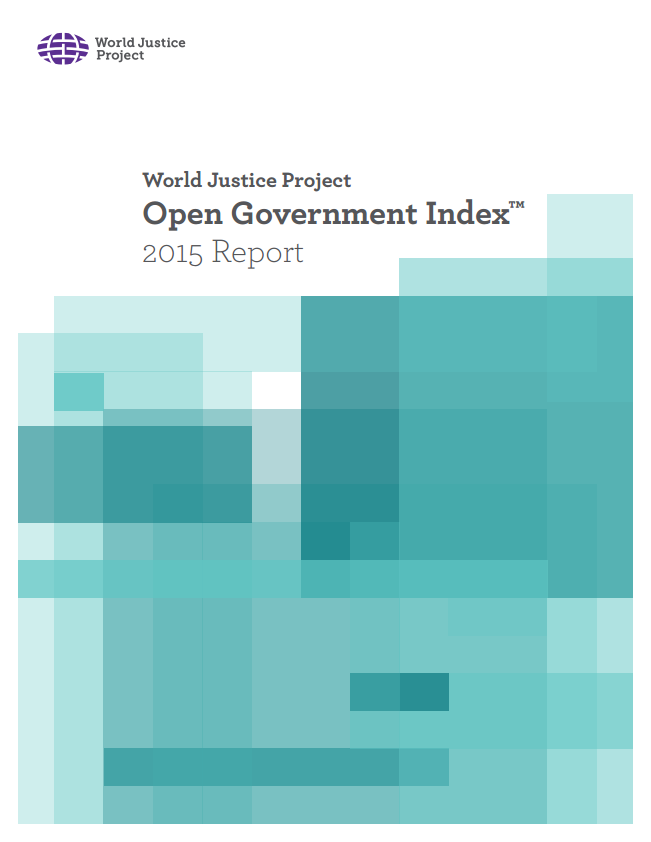The WJP Open Government Index™ is the first effort to measure government openness based on the general public’s experiences and perceptions worldwide.
How are countries scored?
The scores and rankings of the WJP Open Government Index 2015 are constructed from 78 variables drawn from more than 100,000 household surveys and in-country expert questionnaires collected for the WJP Rule of Law Index. Scores range from 0 to 1 (1 = greatest openness). Read more about our methodology here.
What information is featured in the Index?
The WJP Open Government Index 2015 presents scores and rankings for 102 countries and jurisdictions. The report provides global insights on the relationship between open government and other aspects of governance and development. For example:
- Awareness: Worldwide, less than half (40%) of survey respondents know of any laws supporting their right to access government-held information.
- Socio-Economic Status: In 80% of countries low-income respondents are less aware than high-income households of their right to information. In 68% of countries low-income respondents are less likely to request information from the government.
- Open Government and Gender: In 76% of countries women are as likely as men to request information from a government agency. However, in half of all countries surveyed, women tend to be less aware than men of laws supporting their right to access government-held information.


